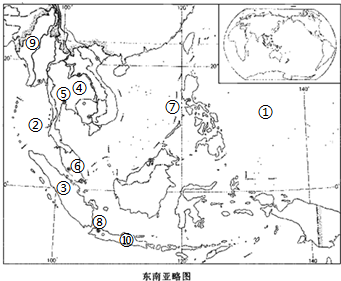阅读《清秋书简》,回答问题。
倚灯夜读,有虫声从院角黄菊丛内传来,时停时续,忽高忽低,带点诗词里的平仄音律,不紧不慢地在秋夜里弹唱。“灯下草虫鸣”,想着这几个字,指尖慢慢滑过书页,伴着秋虫的浅吟读书,心里更觉温暖得很。
古人说,春听鸟声,夏听蝉声,秋听虫声,冬听雪声。我觉得,这四种声音里,春夏的鸟声蝉声过于激烈,浮躁张扬了些,冬天的雪声又过于清寂,单调孤寒了些。而端坐在秋虫声里,听虫们一唱三叹 的唧唧声,不紧不慢,清越激昂,犹如诗人们的雅集聚会,内心不由自主地抒情起来,或捧卷展读, 或邀友煎茶,才不负这诗意秋声。
“八月在宇,九月在户,十月蟋蟀入我床下”,《诗经》里描述了季节的转变。西风起,月冷霜寒,虫鸣断续,伴着捣衣的砧声,夜风中的箫声,思妇远望征人,虫语的低吟亦如她的心声:唧——唧唧——,分明是“盼——盼啊——”。她仰头观天,雁阵穿过暗夜的云朵长鸣而去;俯首看地,草丛里秋虫声声低语,天地间响彻它们的叫声。大雁知道南飞,蟋蟀知道归家,良人又在哪里?她的身影在秋灯里愈发孤凄。
这种意象定格在诗书里,便是一幅幽凄伤情的画卷,也是文学里的抒情美,让人回味有加,如叶圣陶所言,虫声会引起劳人的感叹,秋士的伤怀,独客的微喟,思妇的低泣,是无上的美的境界,而常人世界里的秋虫声,又是另一番自然诗篇。
幼时在乡下亲戚家,跟着婶婶到田野里守秋。我们爬上木柱搭成的高高的草棚,田野里的作物尽收眼底。花生、山芋、玉米等,黑黝黝的藤蔓伏在野地里,有新稻的清香从远处飘来。婶婶略有睡意,让我注意有无田鼠野獾的出没。我静静聆听,耳中灌满的却都是虫声,分不清哪是蟋蟀、蚂蚱、蝈蝈……有的若大提琴,有的若竖琴,有的若风笛,仿佛一场绝妙的交响曲,此起彼伏响个不停。当时头顶上有金黄的秋月,田野里有成熟的庄稼,草棚里有醒着的我,我们都是虫们肃穆的听众。那晚我为这秋之天籁所着迷,到黎明方才睡去。
我钟情秋天的虫声,它们谱在大自然的音符,更能令我内心充满宁静。我品味着刘墉的这句话:“秋虫声就是要这样聆听,在那细小的音韵中感触,即使到了极晚秋,只要以心灵触动,仍然可以感受到那微微的音响。”通常在这样的细小音韵中,一杯滚烫的热茶,一本心仪的书,窗前的灯影里,我在阅读,窗外的草丛里,秋虫们在吟唱。它们的话语和我心灵的声音汇合,那是无比美妙的体验。(选自《散文》2011年第2期,有删改)
1.文章第三自然段引用《诗经》中的诗句,在文中有何作用?请简要概括。
______________________________________________________________
2.文中画线句子使用了什么修辞方法?请简要分析其表达效果。
分不清哪是蟋蟀、蚂蚱、蝈蝈……有的若大提琴,有的若竖琴,有的若风笛,仿佛一场绝妙的交响曲,此起彼伏响个不停。
______________________________________________________________
3.秋虫的鸣叫是“谱在大自然里的音符”,作者认为应该怎样去聆听?
______________________________________________________________
4.文章是从哪些角度表现“秋虫之声”充满诗意的?请结合全文简要分析。
______________________________________________________________
1.表明古人对秋虫之鸣也有感怀,为下文写作者的感受进行铺垫,同时丰富了文章的意蕴。
2.排比、比喻。生动形象地写出了各种虫声此起彼伏、优美动听,表现了作者对秋之天籁的迷恋和陶醉。
3.在秋夜静静聆听,并以心灵去感受那细小的音韵。
4.自 然界中的秋虫之声,富有音律美和节奏感,如同动人的音乐;由此联想到古典文学秋虫的意象,具有文学的抒情美,令人回味;在秋虫的吟唱中,或邀友品茶,或倚灯夜读,这种诗意的生活令作者的内心宁静、温暖而美妙。(意对即可)

